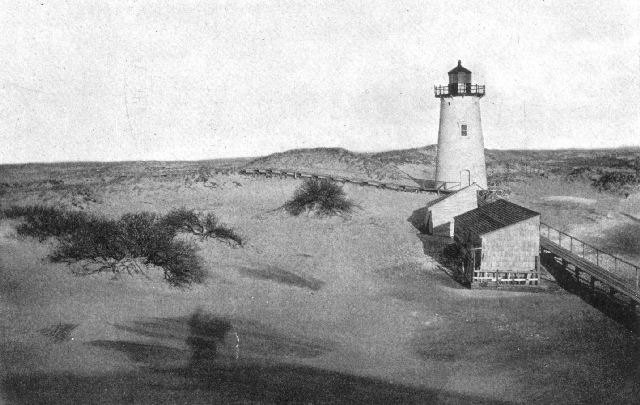
**Earth-Sized “Cosmic Tornadoes” at Jupiter’s Poles: Unraveling the Dark Ovals in Ultraviolet Light**
Jupiter, the gas giant that has captivated astronomers for ages, keeps revealing new enigmas that enrich our comprehension of the cosmos. Although the planet’s renowned Great Red Spot, an immense storm enduring for centuries, has understandably garnered significant attention, focus is now turning to another mysterious occurrence at its poles: shadowy, Earth-sized spots that sporadically emerge beneath its auroral regions, concealed in ultraviolet (UV) obscurity. These enigmatic features, elucidated in recent studies published in *Nature Astronomy*, add yet another layer of intricacy to Jupiter’s lively atmosphere.
### A 30-Year Enigma in UV
These polar dark spots, situated within the haze of Jupiter’s poles, are detectable solely in ultraviolet wavelengths, where they adeptly absorb UV radiation compared to their environment. A systematic review of nearly thirty years of observations from the Hubble Space Telescope has unveiled fascinating patterns: the dark spots in the southern hemisphere manifest 75% of the time, whereas those in the northern hemisphere are quite rare, surfacing only twice between 1994 and 2022.
Troy Tsubota, the lead author of the study and a senior researcher at the University of California, Berkeley, described the finding as fortunate. “In the initial two months, we realized these OPAL [Outer Planet Atmospheres Legacy] images were comparable to a treasure trove,” he remarked. During this timeframe, his team documented eight southern UV-dark ovals and merely two in the north, highlighting a hemispherical contrast that provokes further exploration.
### Cosmic Tornadoes Fueled by Magnetic Forces
What processes are responsible for these fleeting phenomena? The answer resides in the synergy between Jupiter’s fierce magnetic field, its ionosphere (an electrically charged layer of its atmosphere), and the plasma sheet – a reservoir of ionized gas mainly sourced from the active volcanism on Io, one of Jupiter’s moons.
Tom Stallard from Northumbria University notes that the interaction among these layers incites magnetic vortices akin to cosmic tornadoes. These intense forces plunge down into Jupiter’s stratosphere, agitating atmospheric haze that densely concentrates within specific areas. Much like vortices on Earth that aggregate matter in localized regions, these magnetic tornadoes create dark ovals whose haze density is up to 50 times greater than the surrounding atmosphere.
### Composition and Dynamics of the UV-Dark Ovals
The thick haze within the dark ovals prompts compelling questions regarding atmospheric dynamics on Jupiter. Xi Zhang, a planetary scientist at UC Santa Cruz, illuminates the situation: “The haze within the dark ovals is 50 times denser than the typical concentration, suggesting it forms due to swirling vortex dynamics rather than chemical reactions instigated by high-energy particles.” This observation emphasizes that the ovals result from mechanical processes rather than straightforward interactions with particles striking the atmosphere from space.
Each dark oval represents a gigantic scale, reaching dimensions comparable to Earth. They appear abruptly and disappear just as suddenly, symbolizing the chaotic and ephemeral character of Jupiter’s polar regions, richly adorned with auroral displays and intricate magnetic interactions.
### Implications Beyond Jupiter
The investigation of Jupiter’s UV-dark ovals transcends the gas giant itself. These revelations enhance our grasp of magnetic interactions on a planetary scale, offering potential insights into other celestial bodies, including remote exoplanets. Michael Wong, an associate research astronomer at UC Berkeley’s Space Sciences Laboratory, elaborates, “Exploring the relationships between varying atmospheric layers is crucial for all planets, whether it’s an exoplanet, Jupiter, or Earth.”
By probing the connections between Jupiter’s ionosphere, its plasma environment, and its deeper atmosphere, scientists aspire to refine atmospheric models that could also illuminate conditions found on terrestrial planets or even distant worlds beyond our solar system.
### Future Prospects for Observation
The most recent findings serve as a powerful reminder of the necessity for advanced technology in planetary science. Hubble’s longstanding role in revealing these fleeting phenomena has been invaluable, but forthcoming missions like the James Webb Space Telescope (JWST) could offer even clearer insights. Additionally, the Juno spacecraft, currently orbiting Jupiter, may provide complementary observations that yield a three-dimensional perspective on these enigmatic polar ovals.
As discoveries at Jupiter’s poles continue to unfold, one thing becomes clear: our largest planetary neighbor still harbors a wealth of mysteries. From its Great Red Spot to its cosmic tornadoes, Jupiter remains a vibrant and essential natural laboratory for investigating the mechanisms of planetary atmospheres and magnetic phenomena throughout the universe.
—
**Key Takeaways:**
– **What are UV-dark ovals?** Earth-sized areas of haze that absorb ultraviolet light more robustly than their surroundings at Jupiter’s poles.
– **How do